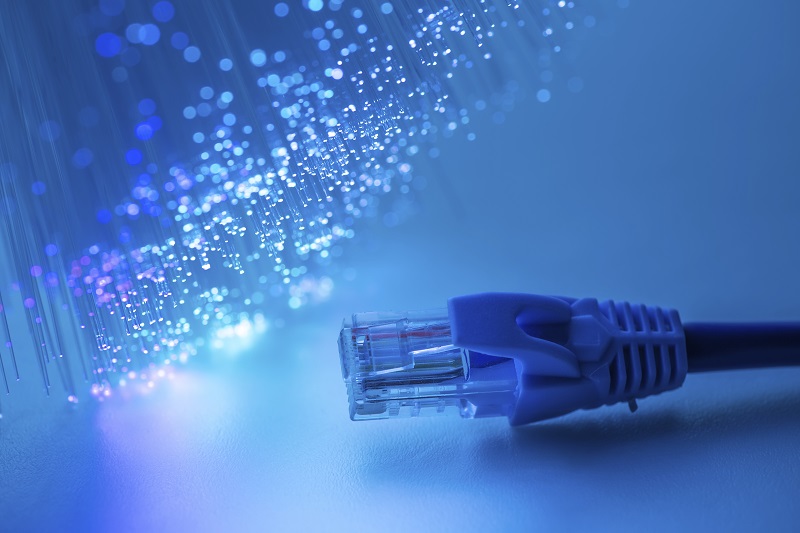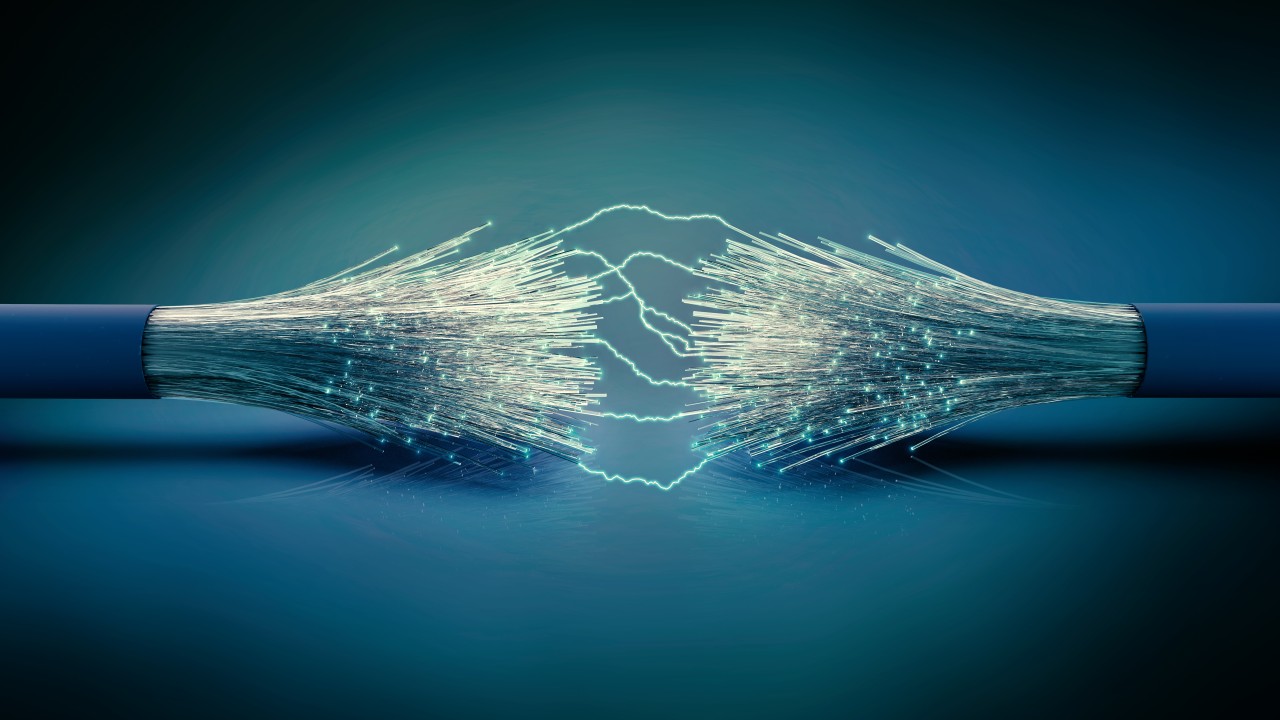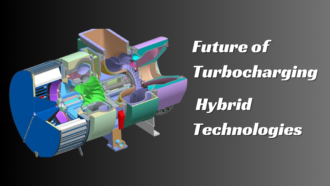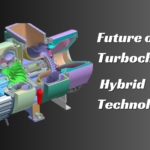What Are Fibre Optic Cables? A Guide For Novice Network Builders
For those who are just beginning to build their own computer networks, you’ve likely already done your fair share of research on how to configure networks on a budget. And in your research, you’ve likely come across a fair amount of terms or networking equipment that you’ve had to Google. After all, networking as a discipline is accompanied by an abundance of newfangled technologies, like all the different types of fibre optic cables, for starters.
If you’re curious about just why there are so many different types of fibre optic cables, then we’re here to provide you with some much-needed answers. This guide will get you up to lightspeed on exactly what fibre optics are and how they can benefit your network. Read on to expand your knowledge of this quintessential piece of networking equipment.
What are fibre optic cables?

Fibre optic cables have been around since the ‘70s although they received widespread adoption in the ‘90s and early 2000s as the internet gained traction and began being used worldwide. Nowadays, fibre optics forms the very core of our modern communications networks.
The cables themselves are composed of a glass or plastic core (the fibre itself) that is wrapped in an insulated material. This fibre is roughly the width of a human hair and there can be over a hundred of them in one cable.
Around each fibre is another glass layer called the cladding that stops light particles from bleeding out (more on these light particles later). Surrounding this core are another few layers which are generally all designed to protect the delicate fibres within in various ways.
How do fibre optic cables work?
The glass or plastic fibre is used to transmit networking data in a unique way: through coding the information as beams of light. Laser light is used for conducting optical fibre communications. This technology also works on a massive scale, using a technique called dense wavelength-division multiplexing (or ‘DWDM’). DWDM is the reason why the internet is now available all over the globe.
Returning back to your own network set-up however, optic fibre cables work by sending pulses of light through their core, with networking data being transmitted as code through these light pulses. Fibre optic cables are actually able to transmit data at two-thirds the speed of light – not travelling faster as the light is travelling through the glass instead of through a vacuum.
As previously mentioned, the cladding is a vital part of this process, as without it the light would simply escape. The cladding of your cables assists data being transmitted by allowing the light to bounce repeatedly off the walls of the cable instead.
But how does the cladding cause the light to bounce back if it is also made of glass? The glass of the cladding is a different type of glass, specifically one with a lower refractive index. This means that light travels at significantly different speeds through the glass of the fibre when compared to the glass of the cladding.
The benefits of using fibre optics for your network
The core of the advantages when it comes to fibre optics is quite easy to identify: speed. Fibre optic cables have much better bandwidth when compared to other cables. Better bandwidth of course means higher download and upload speeds. The signals transferred are cleaner, too, as the signals within one fibre of a wire do not interfere with another in the way that they might with electrical signals. This results in cleaner television broadcasts or clearer phone calls when used for those applications. The signal also can’t be tapped into in the same way as other methods of data transfer, giving fibre optics a high level of security as well.
Fibre optic cables can also transmit data over a longer distance, being able to span tens of kilometres. They also have an excellent lifespan, being able to last over a hundred years! There’s no wonder that this little piece of networking technology has seen such widespread adoption over the last few decades.
Types of fibre optic cables
There are two main types of cables: multi-mode and single-mode. Each mode simply varies on how the light bounces around (or doesn’t) inside of the fibre.
Multi-mode cables are the type which have been described up until now, and are most likely going to be the cables you use to set up your own network. The fibres are much larger than those of a single-mode cable and the laser light has many different paths that it can potentially travel through. These cables are suitable for smaller distances and are thus perfect for computer networks.
Single-mode cables have a much thinner fibre (though many of these individual cables are often wrapped together) and are often used to facilitate internet and telephone signals. These are the kinds of cables that are best suited for carrying signals over longer distances.
Disadvantages of fibre optic cables
Whilst fibre optics are incredible technology in many ways, they certainly can come with their fair share of caveats as well. One of the most immediate disadvantages is the costs associated with using fibre optics. With all of its benefits, it’s naturally not the most cost-efficient solution, sometimes even requiring specialised test equipment.
The cables themselves can also be quite fragile due to their glass components. If they are bent too much then they will break. This fragility of the cable once again contributes to the difficulty and expense of fibre optic installations, as a delicate hand is required during this installation process.
Even with the disadvantages listed above, fibre optics continue to take the world by storm, with the market predicted to reach USD 13.7 billion by 2030. This means that their price, with time, will continue to go down.
It is no wonder, seeing as this is the cable that much of the world’s networks are already built using – the appeal is clear when it comes to using it when building your own network. Ultimately, the choice is up to you. However, by most accounts, the pros of fibre optic cables seem to heavily outweigh the cons. Adopting fibre optics is the way to give yourself the network of the future, with longevity to boot.

















